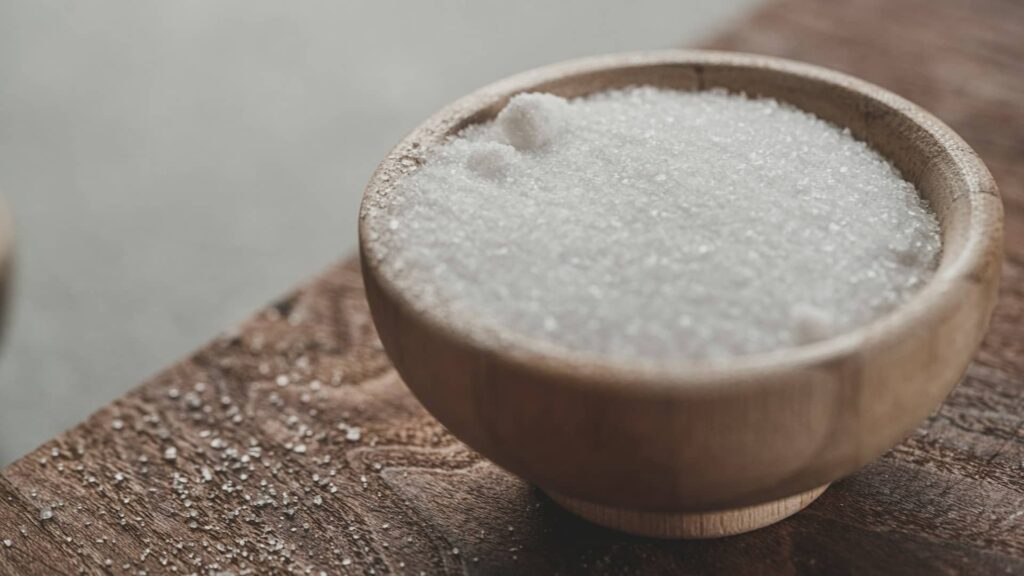Sodium is an essential mineral that plays a crucial role in our body’s functioning. While too much sodium can contribute to high blood pressure, moderate consumption is vital for nerve function and fluid balance. The American Heart Association recommends less than 2,300 milligrams per day, with an ideal limit of 1,500 milligrams for most adults. However, excessive intake is common in many diets today. Let’s debunk six common myths about sodium and provide you with the information needed for informed choices.

Myth 1: You need to consume extra salt on hot days because sweating makes you lose a lot of it.
Truth: While it’s true that sweating can lead to sodium loss, most people don’t need extra salt unless they’re on an extremely low-sodium diet (below 1,000 mg/day) or are extreme endurance athletes. The average diet generally provides sufficient sodium to compensate for the loss, even on hot days. Instead of adding salt, focus on drinking plenty of water to stay hydrated. Symptoms of sodium deficiency, such as dizziness and muscle cramps, are rare among those people consuming a balanced diet.

Myth 2: Sea salt or Himalayan salt is healthier than regular table salt.
Truth: Regardless of the source, salt is salt and contains the same sodium chloride compound that can pose health risks when consumed in excess. Coarse salts like sea salt have larger crystals and may contain slightly less sodium by volume compared to finely ground table salt. While sea salt and Himalayan salt may offer trace minerals and unique textures, these differences are insignificant for overall health. If reducing sodium intake is your goal, the type of salt is less important than the amount consumed.

Myth 3: Without salt, food becomes tasteless and lacks flavour.
Truth: If you’re accustomed to eating high-sodium foods, adjusting to less salt might take some time. Initially, foods with reduced sodium may seem less flavourful, but your taste buds will adapt, and you might come to prefer it. Experiment with herbs, spices, lemon juice, and vinegar to enhance your meals’ flavour naturally without relying on salt.

Myth 4: You can determine the sodium content of a food by tasting it.
Truth: Sodium can be surprisingly “sneaky” because not all salty-tasting foods contain high amounts, and some high-sodium foods don’t taste salty at all. Examples include cheese, breads, salad dressings, and canned soups, which often contain hidden high levels of sodium. Checking nutrition labels is the best way to identify hidden sodium.

Myth 5: Younger people don’t need to be concerned about their sodium consumption.
Truth: While the risk of high blood pressure increases with age, it’s important to watch sodium intake at all stages of life. High sodium levels cause the body to retain water, leading to higher blood pressure, which can strain the heart and blood vessels over time. A study has shown that high sodium intake in children and young adults can contribute to cardiovascular issues later in life. Therefore, even children and young adults should be conscious of their sodium consumption to minimize future health risks.

Myth 6: Cutting back on sodium could have negative health effects.
Truth: The body only needs a small amount of sodium to function properly, and the average diet already provides more than enough. For most people, reducing sodium intake won’t cause harm but will instead protect against high blood pressure and cardiovascular diseases. Exceptions include people with adrenal gland disorders or those with salt-wasting conditions who may require extra sodium. Extreme endurance athletes may also need more due to significant sweat loss.
Disclaimer: This article is for educational purposes only and does not constitute medical advice. Please consult a healthcare professional for advice specific to your individual health needs.
